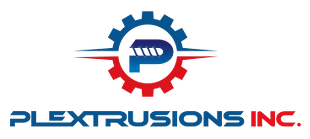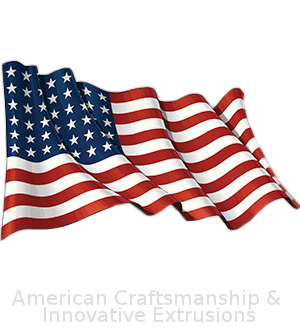First, VCM is produced via the chlorination of ethylene. Ethylene, derived from petroleum or natural gas, is reacted with chlorine at high temperatures (400–500°C) to form ethylene dichloride (EDC). EDC is then cracked at 500°C to produce VCM and hydrochloric acid as a byproduct. The VCM is purified for polymerization.
Next, VCM undergoes polymerization, typically through suspension polymerization. In a reactor, VCM is mixed with water, initiators (e.g., peroxides), and stabilizers. At 50–70°C and moderate pressure, the VCM molecules link into long chains, forming rigid PVC resin particles suspended in water. The reaction is controlled to achieve the desired molecular weight, impacting the final material’s properties.
To make the PVC flexible, the rigid resin is compounded with plasticizers, such as phthalates (e.g., DEHP) or non-phthalates (e.g., DINCH), which reduce rigidity by increasing molecular mobility. This compounding occurs in a high-speed mixer, where the PVC resin is blended with plasticizers (20–60% by weight), stabilizers (to prevent degradation from heat or UV), lubricants, and pigments at 100–150°C. The mixture is then melted, extruded, and cooled into pellets or sheets.
The resulting flexible PVC is used in applications like hoses, medical tubing, or cable insulation, offering durability and flexibility for diverse industrial needs.

